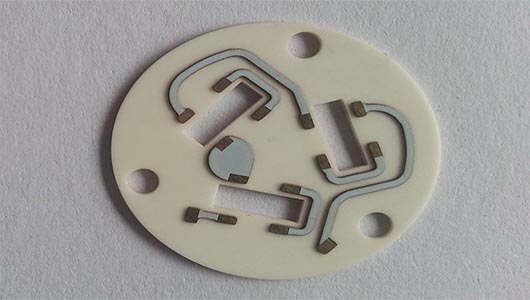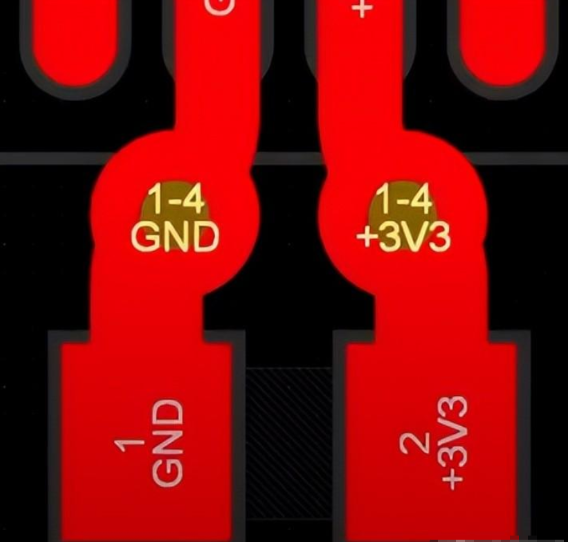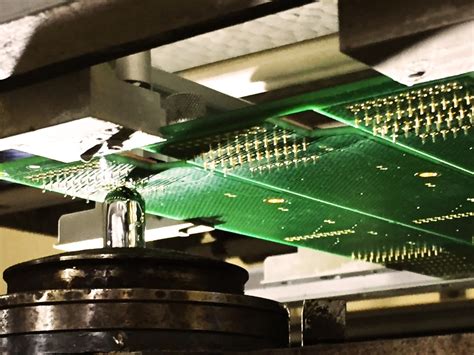Soldering Ceramics: Techniques, Challenges, and Applications
Introduction
Soldering is a widely used joining process in manufacturing and electronics, primarily employed to create strong, conductive, and reliable bonds between metal components. While soldering is traditionally associated with metals, the process can also be applied to ceramics, a class of materials known for their hardness, thermal stability, and electrical insulation properties. Soldering ceramics presents unique challenges due to their inherent characteristics, such as low thermal conductivity, brittleness, and poor wettability. However, advancements in materials science and soldering techniques have made it possible to join ceramics to metals and other ceramics effectively. This article explores the principles, methods, challenges, and applications of soldering ceramics, providing a comprehensive overview of this specialized field.
1. Understanding Ceramics and Their Properties
Ceramics are inorganic, non-metallic materials typically composed of metallic and non-metallic elements bonded together through ionic or covalent bonds. Common examples include alumina (Al₂O₃), zirconia (ZrO₂), silicon carbide (SiC), and silicon nitride (Si₃N₄). Ceramics exhibit several unique properties that make them valuable in various industries:
- High Hardness and Wear Resistance: Ceramics are extremely hard and resistant to abrasion, making them ideal for cutting tools and wear-resistant components.
- Thermal Stability: Ceramics can withstand high temperatures without degrading, making them suitable for applications in aerospace and energy.
- Electrical Insulation: Most ceramics are excellent electrical insulators, which is why they are used in electronics and electrical systems.
- Chemical Inertness: Ceramics are resistant to corrosion and chemical attack, making them suitable for use in harsh environments.
Despite these advantages, ceramics are brittle and difficult to join using conventional methods, which has led to the development of specialized soldering techniques.

2. Principles of Soldering Ceramics
Soldering involves joining materials using a filler metal (solder) that melts at a lower temperature than the materials being joined. The solder flows into the joint by capillary action, forming a bond as it solidifies. For ceramics, the process is more complex due to their poor wettability and low thermal conductivity. Key principles of soldering ceramics include:
2.1 Surface Preparation
Ceramic surfaces must be carefully prepared to ensure proper adhesion of the solder. This often involves cleaning, roughening, or coating the surface to improve wettability. Techniques such as grinding, polishing, or chemical etching are commonly used.
2.2 Wettability and Adhesion
Wettability refers to the ability of the solder to spread and adhere to the ceramic surface. Since ceramics are inherently non-wettable by most metals, surface modification or the use of active solders is required. Active solders contain elements like titanium or zirconium, which react with the ceramic surface to form a bond.
2.3 Thermal Management
Ceramics have low thermal conductivity, which can lead to thermal stress and cracking during soldering. Precise control of heating and cooling rates is essential to minimize these risks.
3. Soldering Techniques for Ceramics
Several soldering techniques have been developed to address the challenges of joining ceramics. These techniques vary in complexity, cost, and suitability for different applications.
3.1 Active Metal Soldering
Active metal soldering involves using solders that contain reactive elements such as titanium, zirconium, or hafnium. These elements react with the ceramic surface to form a strong bond. The process typically requires a controlled atmosphere (e.g., vacuum or inert gas) to prevent oxidation.
3.2 Metallization
Metallization is a pre-soldering process that involves coating the ceramic surface with a thin layer of metal, such as nickel or copper. This layer improves wettability and allows conventional solders to bond with the ceramic. Techniques for metallization include sputtering, electroless plating, and screen printing.
3.3 Transient Liquid Phase (TLP) Bonding
TLP bonding is a diffusion-based process that involves placing a thin interlayer of metal (e.g., copper or silver) between the ceramic and metal components. When heated, the interlayer melts and diffuses into the base materials, forming a strong bond as it solidifies.
3.4 Laser Soldering
Laser soldering uses a focused laser beam to heat the solder and ceramic surface locally. This technique offers precise control over the heating process, reducing the risk of thermal damage to the ceramic.
3.5 Ultrasonic Soldering
Ultrasonic soldering uses high-frequency vibrations to remove oxides and improve wettability at the ceramic-solder interface. This technique is particularly effective for joining ceramics to metals.
4. Challenges in Soldering Ceramics
Soldering ceramics is a complex process that presents several challenges, including:
4.1 Poor Wettability
Ceramics are inherently non-wettable by most metals, making it difficult to achieve a strong bond. This challenge is typically addressed through surface modification or the use of active solders.
4.2 Thermal Stress
The low thermal conductivity of ceramics can lead to thermal stress and cracking during soldering. Careful control of heating and cooling rates is essential to minimize these risks.
4.3 Brittleness
Ceramics are brittle and prone to cracking under mechanical stress. This makes it challenging to achieve reliable joints, especially in applications subject to vibration or thermal cycling.
4.4 Cost and Complexity
Soldering ceramics often requires specialized equipment, materials, and processes, which can increase the cost and complexity of the joining process.

5. Applications of Soldered Ceramics
Soldered ceramics are used in a wide range of industries and applications, including:
5.1 Electronics and Electrical Systems
Ceramics are widely used in electronics for their electrical insulation properties. Soldered ceramic components are found in substrates, insulators, and packaging for semiconductors.
5.2 Aerospace and Defense
The thermal stability and lightweight properties of ceramics make them ideal for aerospace and defense applications. Soldered ceramic components are used in sensors, heat exchangers, and engine components.
5.3 Medical Devices
Ceramics are biocompatible and resistant to corrosion, making them suitable for medical devices such as implants and diagnostic equipment. Soldered ceramic joints are used in devices like pacemakers and imaging systems.
5.4 Energy and Power Generation
Ceramics are used in energy applications for their thermal and electrical properties. Soldered ceramic components are found in fuel cells, batteries, and power electronics.
5.5 Automotive
In the automotive industry, soldered ceramics are used in sensors, exhaust systems, and electric vehicle components.

6. Future Trends and Innovations
The field of soldering ceramics is continuously evolving, driven by advancements in materials science and manufacturing technologies. Key trends and innovations include:
6.1 Development of Advanced Solders
Researchers are developing new solders with improved wettability, thermal stability, and mechanical properties. These solders are designed to address the specific challenges of joining ceramics.
6.2 Additive Manufacturing
Additive manufacturing (3D printing) is being explored as a method for creating complex ceramic components with integrated soldered joints. This approach offers greater design flexibility and reduces material waste.
6.3 Nanotechnology
Nanotechnology is being used to enhance the properties of solders and ceramic surfaces. For example, nanoparticles can be added to solders to improve their wettability and mechanical strength.
6.4 Automation and Robotics
Automation and robotics are being increasingly used in soldering processes to improve precision, consistency, and efficiency. This is particularly important for high-volume production in industries like electronics and automotive.
Conclusion
Soldering ceramics is a specialized and challenging process that requires a deep understanding of materials science, thermal management, and surface engineering. Despite the challenges, advancements in soldering techniques and materials have made it possible to create strong, reliable joints between ceramics and metals. These joints are enabling innovations in industries ranging from electronics and aerospace to healthcare and energy. As research and development continue, the field of soldering ceramics is expected to evolve further, opening up new possibilities for the use of ceramics in advanced applications. By addressing the challenges and leveraging emerging technologies, manufacturers can unlock the full potential of soldered ceramics, driving progress in science and industry.







